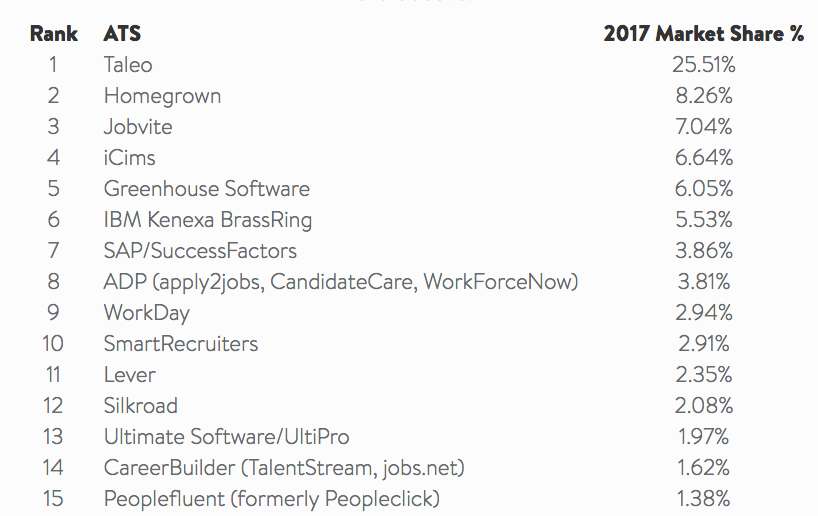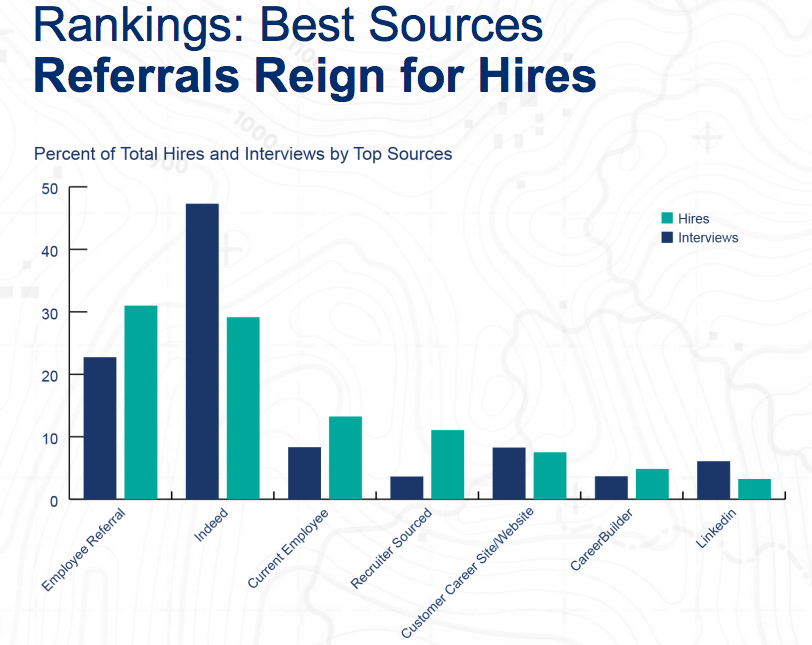Hey, kids! I’m out at the WorkHuman Conference this week! This the third event for WorkHuman and it’s really becoming a world class conference. I mean, let’s be honest, if you have Michelle Obama on your agenda, you’re completely legit!
One of the keynotes from yesterday was Chaz Bono. I’ve never gotten a chance to see him speak so I was very interested. I was probably hoping for some great Sonny and Cher stories, but also, just naturally interested in hearing was he had to say about his transition from a woman to a man.
In our society, for the most part, we get very little interaction with the trans community, so I still feel fairly naive about everything surrounding the transgender. I’m sure there are many HR and TA pros out there who feel the same way. I loved that Chaz was super transparent, open and comfortable sharing his story.
A couple of really great takeaways I got from listening to him was that the actual process of transitioning, the mechanics of physically doing it, are far less complicated and painful, than the social and emotional pain transgender folks go through. We all seem super interested in the mechanics, but to a transgender person, that seems much less important in the overall process.
Chaz is in a really great place now, professionally and personally, but that clearly wasn’t always the case. Even he was amazed at how gratitude and being grateful for where you are in life can ease the hard times and pain that he went through over his lifetime of figuring out who he really was.
You don’t forget the super bad times in your life, but as you become more grateful, those times don’t seem as bad, even when many of those times were completely horrific. I struggle with being grateful for where I’m at in life, I can only imagine the difficulty Chaz went through to get to this place he is now.
The one big question I left with was how would I (HR) help out a transgender employee? What could my organization do? What should I personally be doing?
Chaz really broke this down simply to the root. We (HR) need to make it completely safe for our transgender employees to be who they are. It’s the number one issue that all transgender individuals face. Is it safe enough for me to be who I really am?
Will the organization accept me? Will my peers accept me? Will my boss accept me? Will our clients accept me? For those of us in HR this seems simple. Of course, we will!!! Chaz, and other transgender individuals, know the reality, most of the time, they do not feel safe enough to be who they truly are.
So, how do you help your organization’s transgender community? You work, constantly, to ensure they have a safe environment to be the person they want to be. That starts before the individual needs it. It starts with great diversity education and programs, it starts with a leadership team that truly values and supports inclusion.
For me, it starts with having a better understanding myself.



